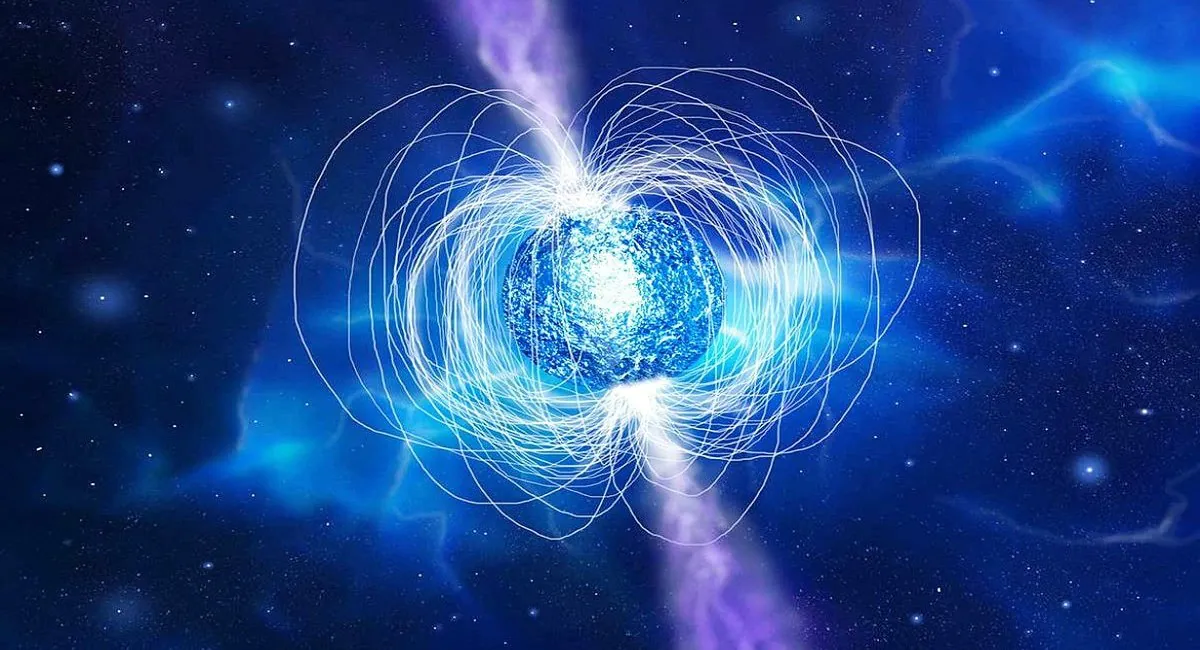© ROOT-NATION.com - Use of content is permitted with a backlink.
Scientists at the SETI Institute have released new details about a cosmic mystery known as fast radio pulses. A detailed observation of the FRB 20220912A pulse by the SETI Institute’s Refurbished Allen Telescope (ATA) has shed light on the nature of these cosmic signals.

Fast radio pulses are short, intense bursts of radio waves from deep space. Although most of these occur only once, some “repeaters” send signals more than once, adding more intrigue to the question of their origin. During 541 hours of observations, the researchers detected 35 pulses from repeater FRB 20220912A. The observations covered a wide radio frequency range and revealed interesting patterns – all 35 fast radio pulses were detected in the lower part of the frequency spectrum, each with its unique energy signature.
“This work is exciting because it provides both confirmation of the known properties of fast radio pulses and the discovery of some new ones,” the scientists say. “We are narrowing down the source of the pulses, for example, to extreme objects such as magentas, but no existing model can explain all the features observed so far.”

The results of the study demonstrate the intriguing behaviour of these radio pulses. Mysterious signals exhibit downward frequency drift, a relationship between their bandwidth and centre frequency, and changes in burst duration over time. The team also observed something that had never been reported before – there was a noticeable drop in the centre frequency of bursts over the two months of observations.
Scientists used these observations to predict the cut-off point for the brightest flares of FRB 20220912A, indicating its contribution to the overall cosmic signal. This particular object was responsible for only a few percent of all the strong fast radio bursts in the sky during these observations. The scientists also examined the temporal patterns of burst sequences, looking for repetitions within and between radio pulses. No clear regularity was found, which emphasizes the unpredictability of these celestial phenomena.

This work demonstrates the important role of the ATA telescope in unravelling the mysteries of fast radio pulses. ATA has the unique ability to record a huge number of frequency channels simultaneously, even if they are widely separated – for example, when some frequencies are very high and others very low. This allows you to instantly check when a fast radio pulse is coming in to limit its high and low-frequency activity at the same time. Continuous updates promise even more opportunities to see weaker pulses at even more frequencies simultaneously.
This discovery marks a significant step forward in the ongoing quest to unravel the mysteries of extreme objects in the Universe. As scientists continue to explore space, each unique feature we discover brings us closer to understanding the origin and nature of these fascinating cosmic signals.
Read also:
- A failure in the solar wind blew up the Martian atmosphere
- NASA Voyager 1 probe is sending meaningless binary gibberish to Earth


